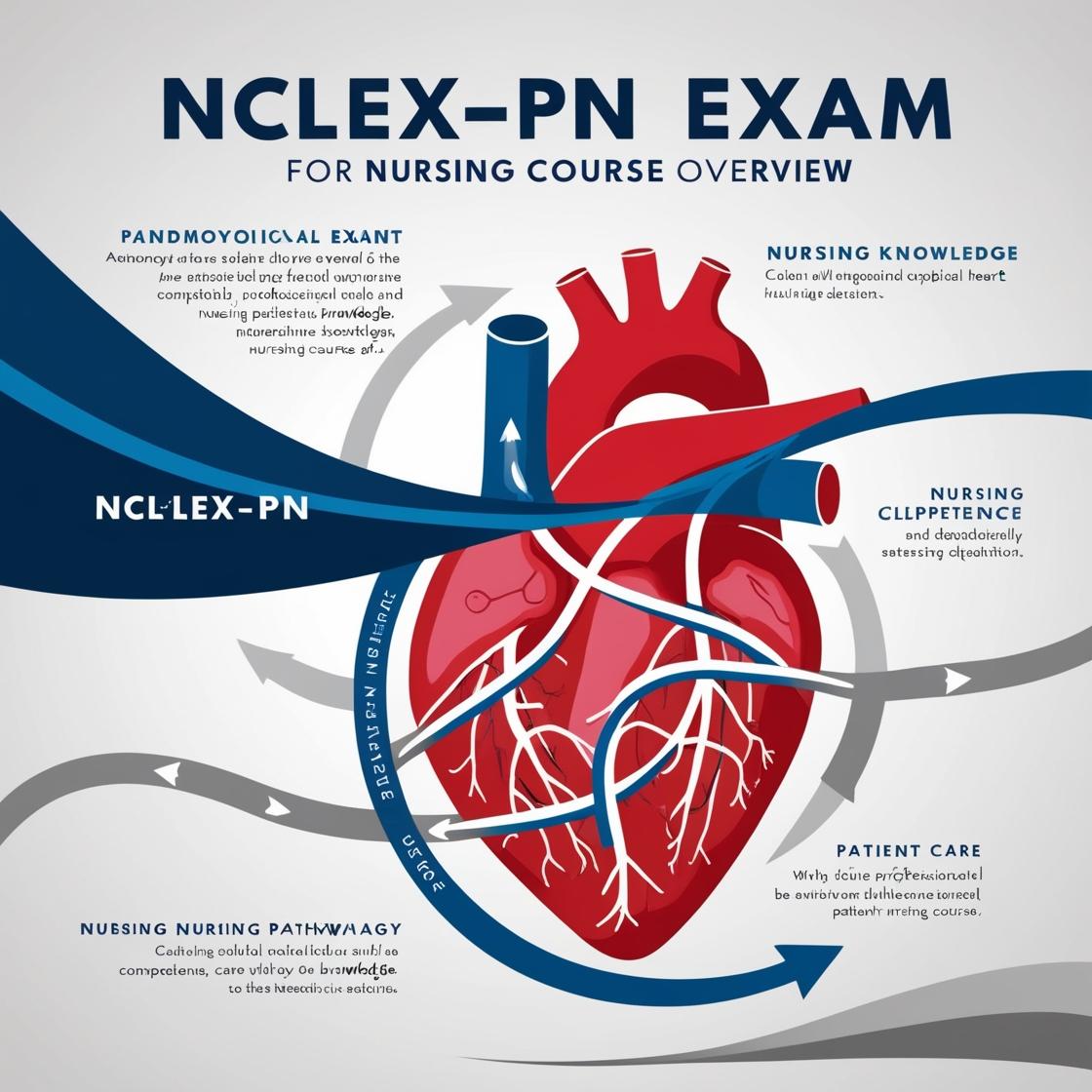NCLEX NCLEX-PN
NCLEX PN Exam Cram
1. A nurse is assigned to do pre-operative teaching on a blind patient who is scheduled for surgery the following morning. What teaching strategy would best fit the situation?
- A. Verbal teaching in short sessions throughout the day
- B. Provide a pre-operative booklet in Braille
- C. Provide an audio recording for the client
- D. Have the blind patient's family member assist with the instruction
Correct answer: A
Rationale: For a blind patient scheduled for surgery the following morning, the best teaching strategy would be verbal teaching in short sessions throughout the day. Providing information in smaller amounts makes it easier to retain, and one-on-one teaching is most effective. Choice B, providing a pre-operative booklet in Braille, may not be as practical for last-minute teaching. Choice C, providing an audio recording, may not allow for immediate interaction and clarification. Choice D, having a family member instruct the patient, may not ensure the accuracy and clarity of the information provided.
2. A 27-year-old woman has delivered twins in the OB unit. The patient develops a condition of 5-centimeter diastasis recti abdominis. Which of the following statements is the most accurate when instructing the patient?
- A. Avoid sit-ups to prevent worsening the condition.
- B. Surgery is not always necessary for this condition.
- C. Guarding the abdominal region is important at this time.
- D. Antibiotics are not needed for diastasis recti abdominis.
Correct answer: C
Rationale: After experiencing diastasis recti abdominis, it is crucial for the patient to protect and guard the abdominal region to facilitate healing. Choice A is correct since avoiding sit-ups is important to prevent worsening the condition by increasing intra-abdominal pressure. Choice B is accurate as not all cases of diastasis recti abdominis require surgery; conservative management is often effective. Choice D is also correct as antibiotics are not indicated for diastasis recti abdominis since it is a separation of the abdominal muscles and not an infectious condition.
3. A nurse is weighing a breastfed 6-month-old infant who has been brought to the pediatrician's office for a scheduled visit. The infant's weight at birth was 6 lb 8 oz. The nurse notes that the infant now weighs 13 lb. What action should the nurse take?
- A. Tell the mother to decrease the daily number of feedings because the weight gain is excessive.
- B. Tell the mother that the infant's weight is increasing as expected.
- C. Tell the mother that the infant should continue with breast milk as the weight gain is adequate.
- D. Tell the mother that semisolid foods should not be introduced until the infant's weight stabilizes.
Correct answer: B
Rationale: The correct answer is to inform the mother that the infant's weight gain is normal. Infants typically double their birth weight by 6 months, which is precisely the case here, with the infant's weight increasing from 6 lb 8 oz to 13 lb. This weight gain indicates healthy growth and development. Therefore, there is no need to decrease feedings. The infant should continue with breast milk as it is providing adequate nutrition. Additionally, introducing semisolid foods is usually recommended between 4 and 6 months of age, so there is no indication to delay based on the infant's weight gain.
4. A client receiving drug therapy with furosemide and digitalis requires careful observation and care. In planning care for this client, the nurse should recognize that which of the following electrolyte imbalances is most likely to occur?
- A. hyperkalemia
- B. hypernatremia
- C. hypokalemia
- D. hypomagnesemia
Correct answer: C
Rationale: When a client is receiving drug therapy with furosemide and digitalis, the nurse should anticipate the development of hypokalemia due to the potassium-wasting effects of furosemide. Hypokalemia can potentiate digitalis toxicity. While hyperkalemia is a concern with some medications, it is not typically associated with furosemide and digitalis. Furosemide can lead to hyponatremia, not hypernatremia, due to its diuretic effect. Hypomagnesemia, though a possible imbalance, is not the most likely to occur in this scenario as furosemide and digitalis are more commonly associated with hypokalemia.
5. In hanging a parenteral IV fluid that is to be infused by gravity, rather than with an infusion pump, the nurse notes that the IV tubing is available in different drop factors. Which tubing is a microdrop set?
- A. 15 drops per milliliter
- B. 60 drops per milliliter
- C. 20 drops per milliliter
- D. 10 drops per milliliter
Correct answer: B
Rationale: A microdrop set delivers 60 drops per milliliter of IV fluid. This allows for a more precise control of the infusion rate. The correct choice is B because it provides the desired microdrop rate. Choices A, C, and D are incorrect. A delivers 15 drops per milliliter, which is a macrodrop set. C delivers 20 drops per milliliter, also a macrodrop set. D delivers 10 drops per milliliter, another macrodrop set. Therefore, the correct choice for a microdrop set is B.

Access More Features
NCLEX PN Basic
$69.99/ 30 days
- 5,000 Questions with answers
- Comprehensive NCLEX coverage
- 30 days access
NCLEX PN Premium
$149.99/ 90 days
- 5,000 Questions with answers
- Comprehensive NCLEX coverage
- 90 days access
